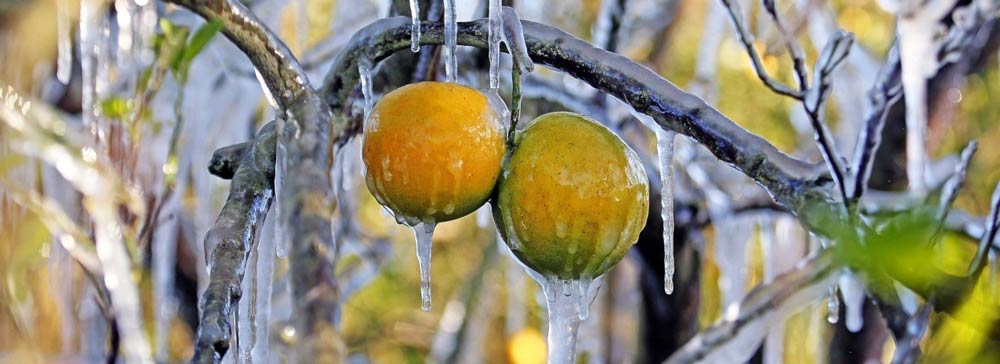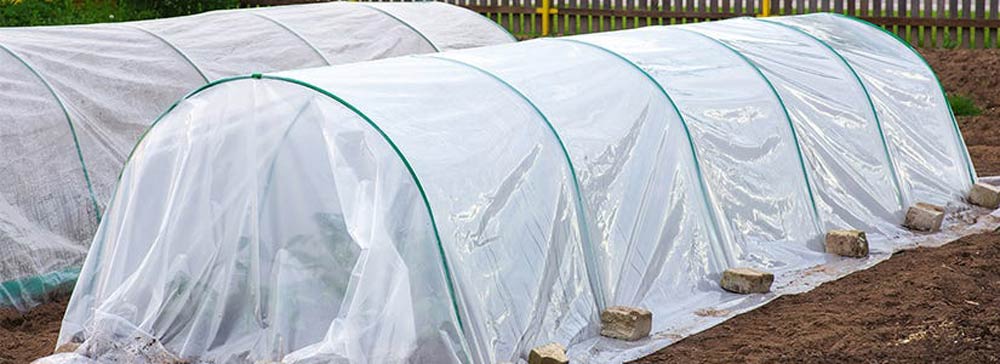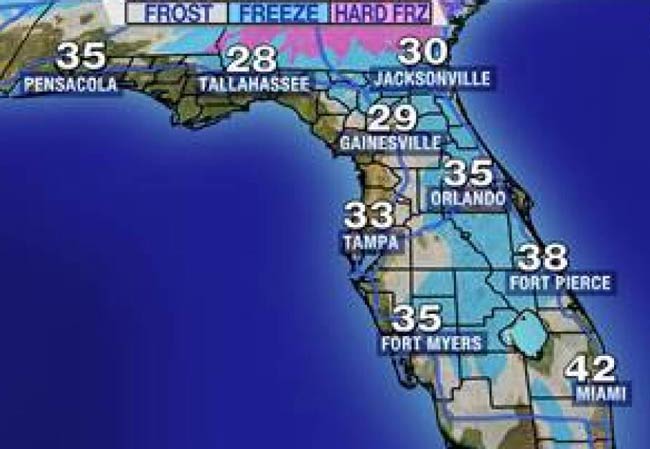SWFL Custom Homes Blog
How to Protect Your Florida Landscaping this Winter
Prior to moving to Florida, people often have a lot of questions about the weather. With the classic picture of Florida comprising sunlit beaches and swampy everglades, there’s a bit of mystery around what to expect come winter. Can you expect any significant chill? Will you need to make some of the same preparations you would living farther north?

For homeowners who have landscaping and gardens to take care of, there’s the particular question of frost. Exotic blooms and lush foliage may normally flourish in Florida, but some can be susceptible to low temperatures. Let’s take a look at if and where you can expect frost to hit, and go over the best methods to protect your landscaping from a Floridian frost.

How Often Does Frost Occur in Florida?
This answer varies depending on the specific part of the state. But first, let’s define the point at which frost becomes a worry.
The meteorologists at Orlando’s Spectrum 13 News advise that soft frost can already form at a temperature range of 33° to 36°F. This happens because air temperatures tend to be colder closer to the ground than in the general atmosphere.
Locations in Northern Florida will usually experience at least one freezing night per year. In Jacksonville, the number of freezes amounts to an average of 16 days per year. But Jacksonville’s average overnight temperature in January is 41.9°F, so fortunately it only occasionally drops into the range where frost can be expected.
Sometimes the cold fronts that freeze out Northern Florida will travel downward into Central Florida. But this typically only happens every few years. The last time Tampa had a night below-freezing was in 2018, but there have been a few nights in the most recent years that hovered around the frost risk range. Central Florida generally gets only 1 or 2 frosts during the winters.
South Florida experiences much less frost-prone weather. In Fort Myers, for example, there are only 4 nights per year on average that nights fall to 40°F or below. However, inland cities can see a few more cold nights.
Protecting Your Landscaping This Winter
The Old Farmer’s Almanac divides freeze severity into three categories:
-
Light freeze: 29° to 32°F (-1.7° to 0°C)—tender plants are killed.
-
Moderate freeze: 25° to 28°F (-3.9° to -2.2°C)—widely destructive to most vegetation.
-
Severe freeze: 24°F (-4.4°C) and colder—heavy damage to most garden plants.

Spectrum 13’s experts recommend choosing fabric sheeting or burlap over plastic tarps for covering plants, as plastic alone will not sufficiently insulate plants against the cold. In addition, the heat of the morning sun can be magnified by plastic coverings, posing further risk to plants.
Potted plants that can be easily moved will fare best if they are brought indoors overnight. These plants are especially vulnerable because their roots are not protected by a large mass of surrounding ground, allowing freezing temperatures to permeate easily. If you are not able to bring potted plants indoors, putting them on the deck of a heated pool can save them from frost.
A more permanent way to protect your landscaping is to incorporate wind breaks. These can be in the form of foliage walls, or simple screens made of wood and other materials. Strategic placement of these structures can block freezing winds from sweeping over plants.
Making a Home in Florida
If you’re preparing to plant roots in Florida, we can help you do it in a home that’s perfect for you. We’re one of South Florida’s best custom home contractors, building luxurious residences in Port Charlotte, North Port, and Englewood.
You’re invited to view our catalog of home options, and even stop by one of our model homes to view our work in person. If you’d like to talk to an expert about the possibilities, contact us and we’ll be in touch!
Our Recent Posts
Now Is the Time to Invest in New Construction
New Construction Homes vs Existing Inventory
Modern Custom Home Trends in Florida
How To Choose The Right Floor Plan
7 Things to Know Before Moving to Florida
How New Florida Homes Stand Up To Hurricanes
Building in a Post-Covid World
What to Expect During the Home Building Process
How To Choose The Right Flooring
Benefits of Building an Eco-Friendly Home
Seamless Outdoor-Indoor Living
Must-have Home Features for Retirees
Open Concept Vs. Traditional Floorplan
What to Consider When Choosing a Floorplan
Top Tips to Make Moving Less Stressful
Top 8 Reasons to Build Instead of Buy
Critical Fall Home Maintenance List
Interior Decorating Trends of 2022




